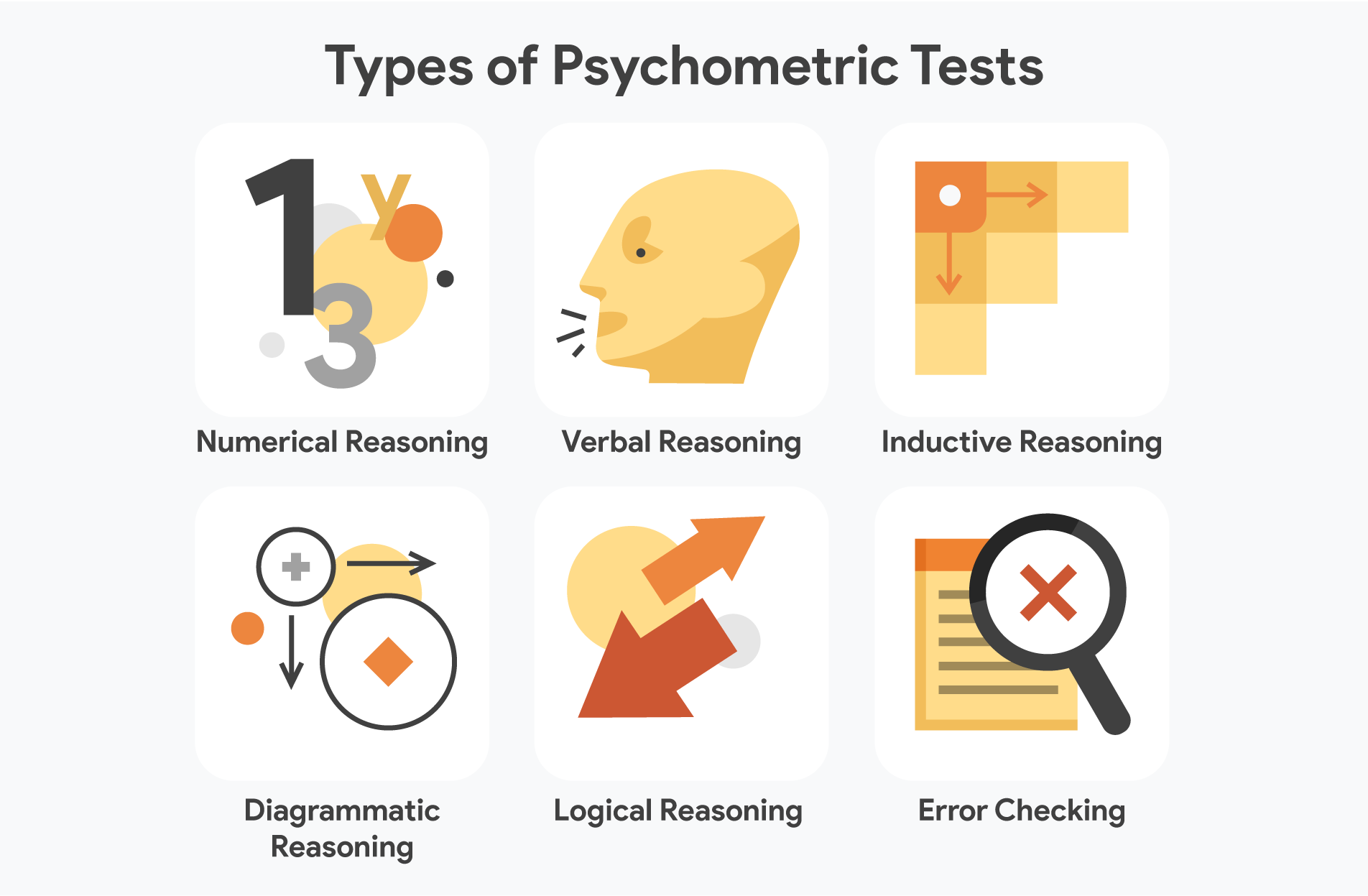

It is also conceivable that (18b) does not involve perseveration of apple, but rather a verbal switch of the verb bring to the verb come in the second conjunct. Is that an apple? Example (18b) was produced shortly thereafter. Immediately prior to the utterance (18b), she had been shown a picture of cherries and asked to name them.
#Psychometric testing pdf full
Regarding (18b), her brother had just brought her a basket full of apples it is reasonable to assume she was thinking about them. Incidently, note that the target word and the perseverate have identical initial segments. In (18a) it is almost certain that the second occurrence of sick has replaced see, since immediately afterwards the subject said, I couldn't see or anything. Consequently, we have anticipation intersententially but perseveration extrasententially. Here the second appearance of rain is contextually correct. The anticipated occurrence of rain in (18e) could have replaced some verb see, although it is difficult to be completely certain. JT: But I can't rain any rain around here. Interviewer: (providing cue) … for the rain. Immediately preceding (18c) was the following exchange. In addition, that morning a nurse had been in to adjust her hearing aid. However, when she called her hearing aid her lights, she was confusing the perceptual modalities seeing-hearing and eye-ear. She also referred to her glasses at times as her lights, an obvious semantic connection.

Due to semantic confusions between eye and ear, see and hear, and the like, she often referred to her hearing aid as her ear hides or her lights. In order to fully understand (18c), the discourse context must be considered. In examples (18a, b, d, f, g, h, i) the first occurrence of the perseverate is grammatically correct in (18c, e) the initial occurrences of the item to be perseverated are anomalous, since light and I are selectionally restricted from coocurring with the verbs to read and to rain, respectively. It's down near the water where they live the north water. (JT) h)Īnd that's the trouble I'm forgetting names that I forget, you know. That's if I'm talking when I'm … I see you talking that way then if I'm talking my head. I know you're talking, but I not talking you like I can talk you ‘bout. But that, whatever you're talking about, I cannot week it. I did have a cold, and I been sick all the week. (JT) e)īut I can't rain any rain around here. I wonder if the thing is reading ? (JT) d) I wish that girl would come back and see how my lights are reading … the girl that was reading this. I said bring me some apples, and nobody comes apples. I got sick and I couldn't sick for a couple of weeks. As such, these items are subject to deliberate distortion by individuals seeking to deny or minimize their problems. However, many of these tests are also rationally derived and thus comprise items that are face-valid. Many are psychometrically sound, have internal validity measures, and produce scales that reflect sexual deviant classifications (e.g., pedophilia). These tests offer the advantage of an in-depth assessment of sexual interests and deviancy. There are also a number of sex-offense-specific self-report inventories ( Table 3). Although these classification systems often lack specificity, they can provide valuable information on general psychological functioning, including the areas of impulsivity, judgment, level of denial, and associated psychopathology. These tests have identified several common profiles among sexual offenders. Traditional measures of psychopathology such as the MMPI have been used extensively with sex-offender populations. Minnesota Sex Offender Screening Tool – Revised Rapid Risk Assessment of Sexual Offense RecidivismĬalifornia Actuarial Risk Assessment Tables Multidimensional Assessment of Sex and Aggression Psychological Inventory of Criminal Thinking Styles

Minnesota Multiphasic Personality Inventory


 0 kommentar(er)
0 kommentar(er)
